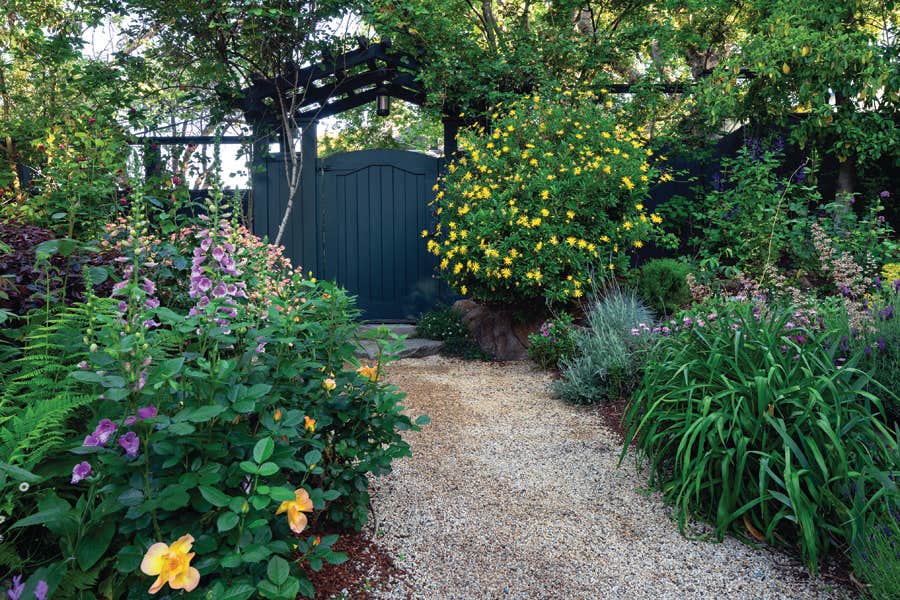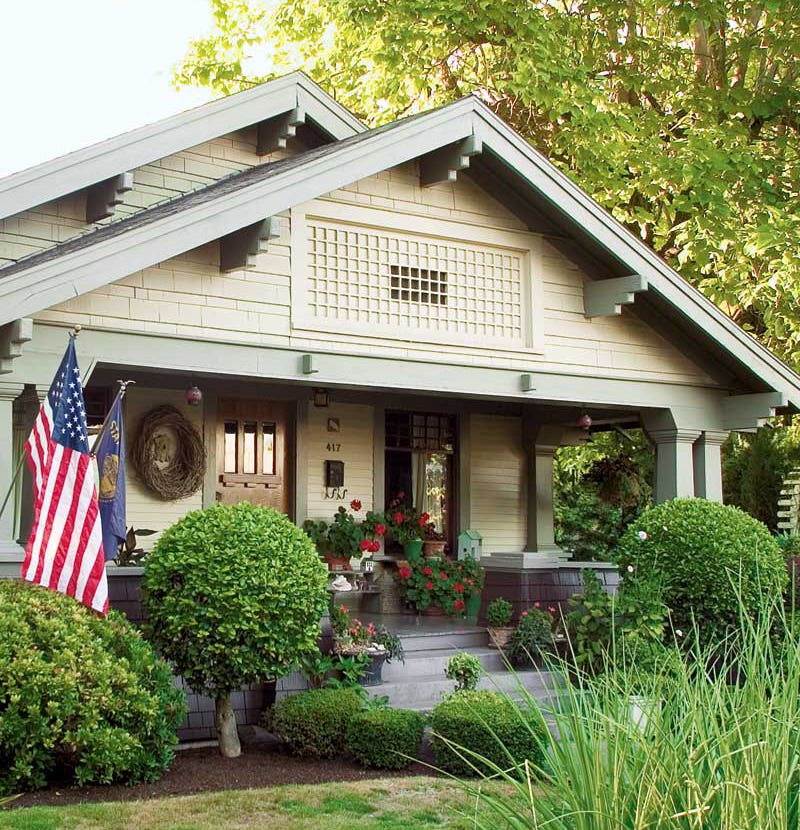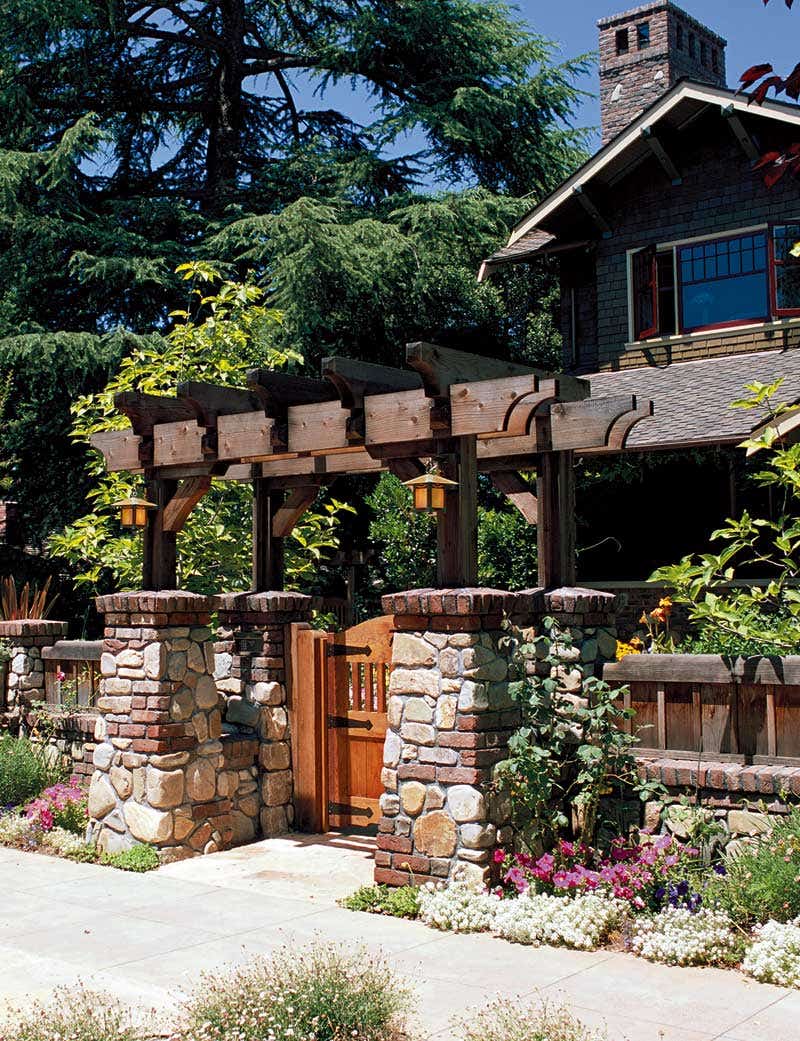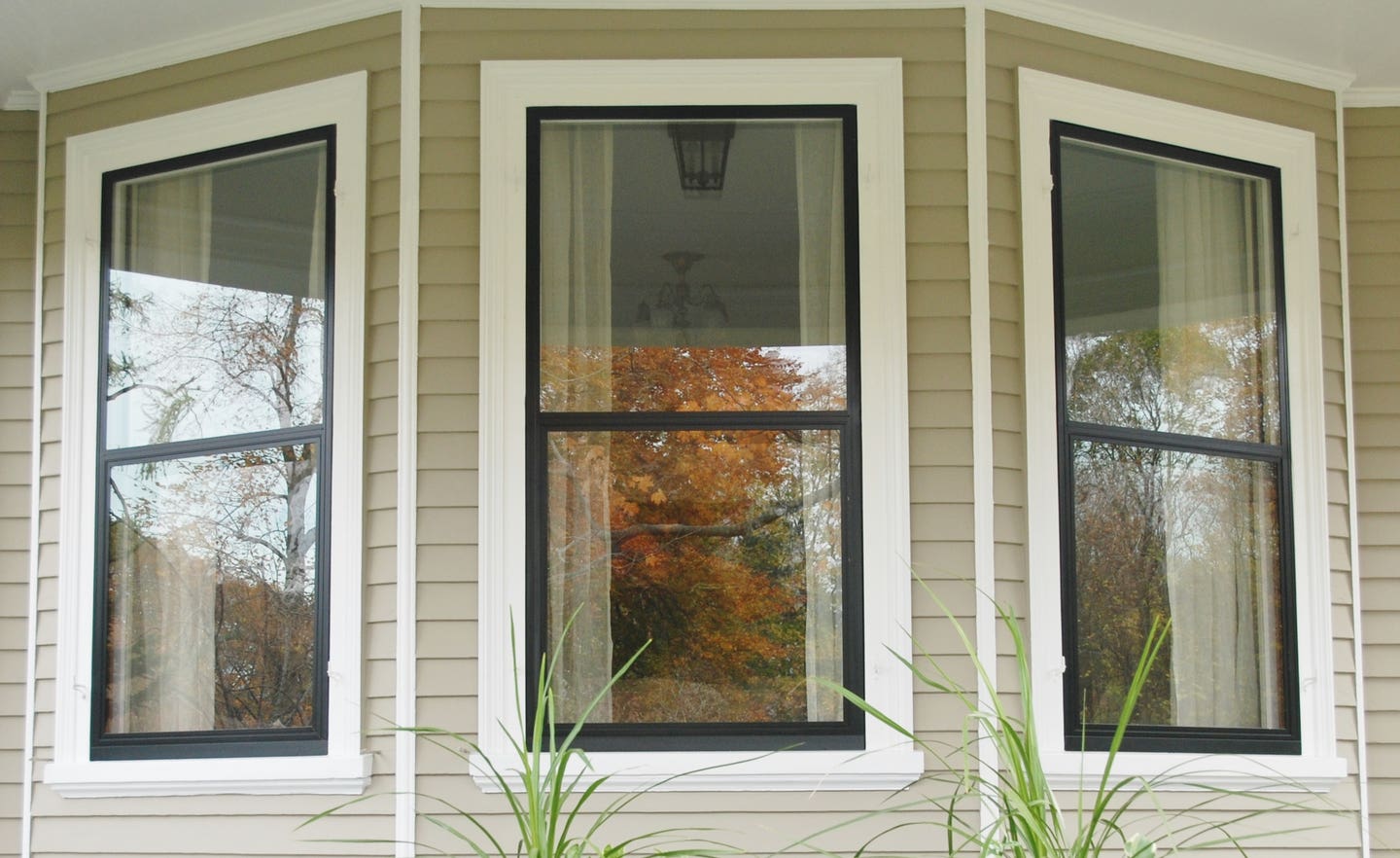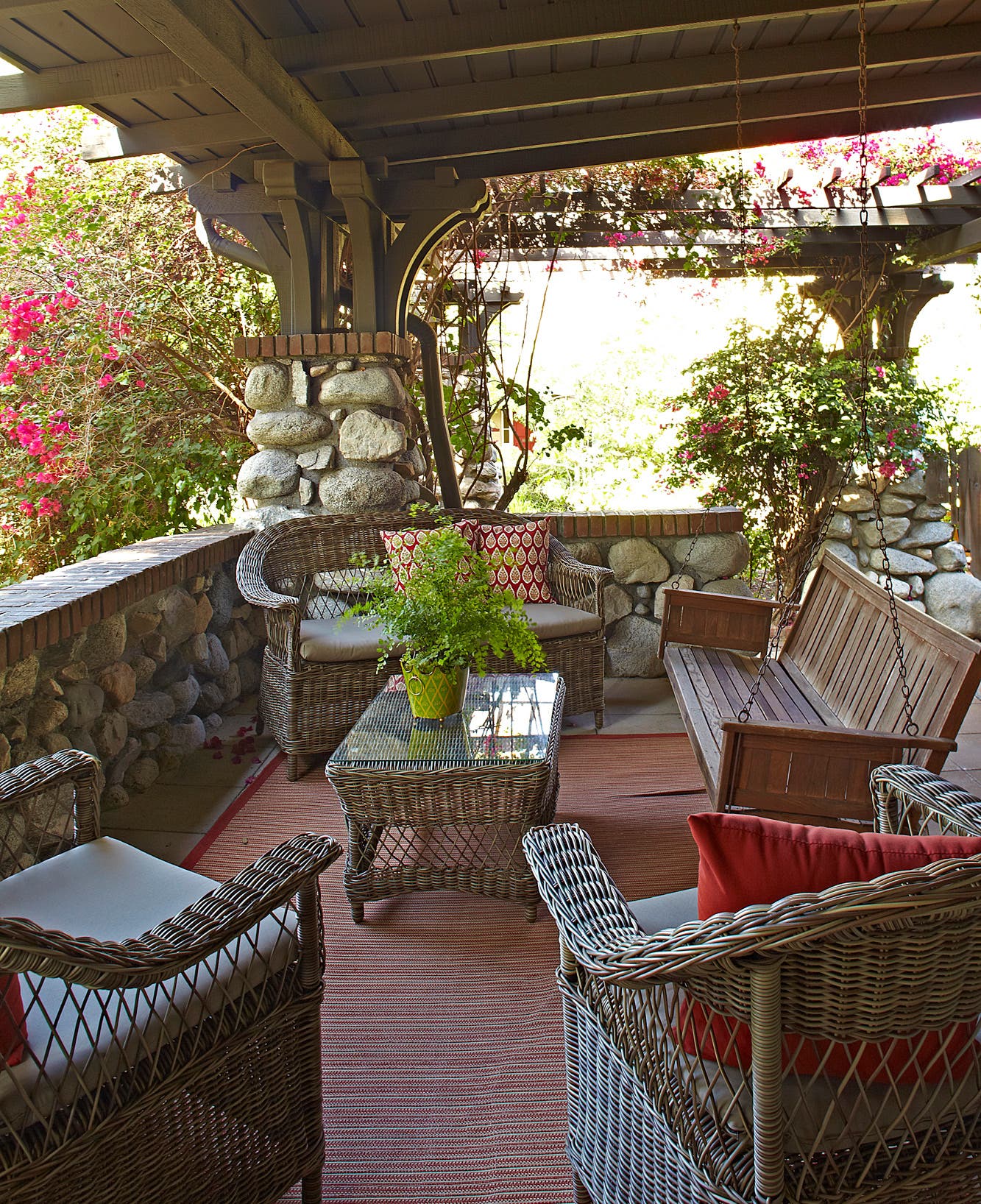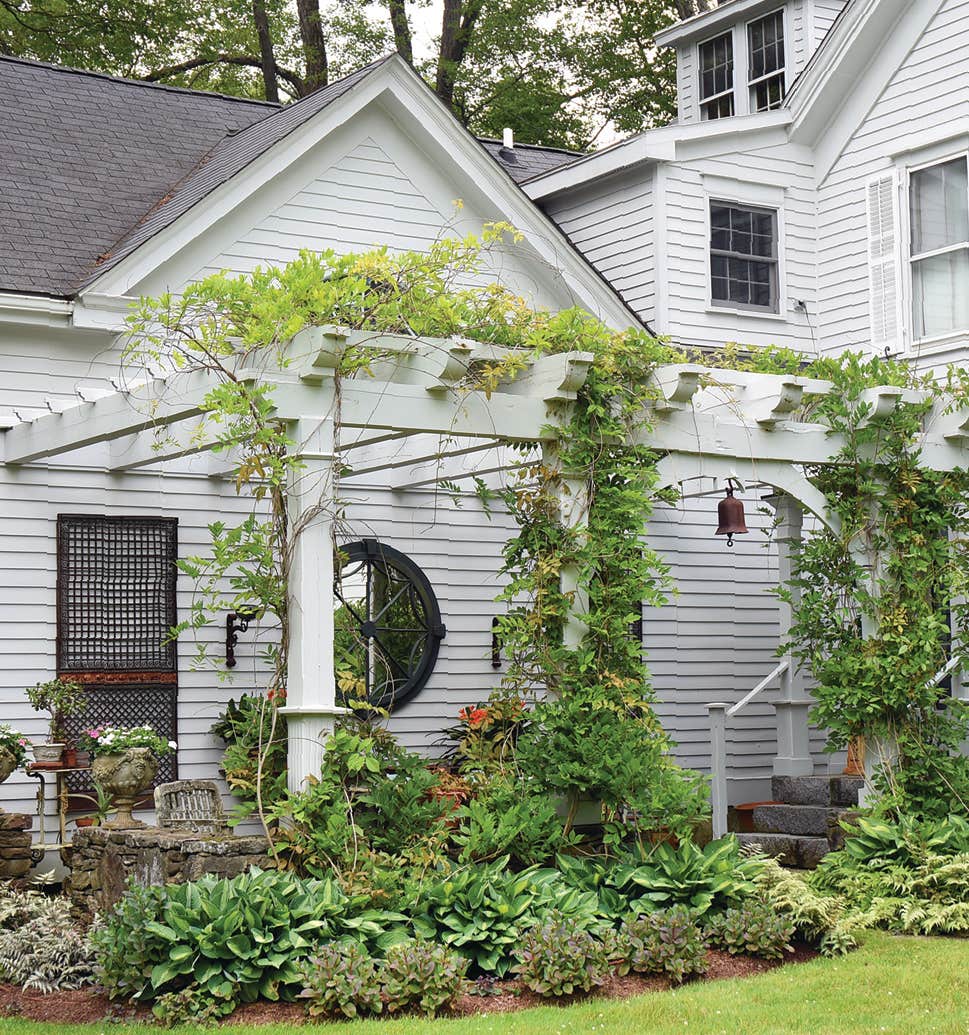Garden on the Bay: Cascading Movement & Focal Points
Belvedere Island is situated between Sausalito and Tiburon on San Francisco Bay. This house was built as an open-air retreat in 1912 by Dr. Florence Nightingale Ward, the pioneering physician and close friend of architect Julia Morgan (who may have contributed to its design).
A steep hillside location affords a great sense of movement; gravel paths and stone steps travel toward focal points and sudden vistas, while roses climb and succulents spill over retaining walls.
San Francisco designer Paul Vincent Wiseman had driven north across the Golden Gate Bridge at the urging of friends who told him of an Arts & Crafts-era villa for sale. Perched on a steep hillside, the house was not easy to get to. One had to approach it on foot, down a narrow lane bordered by tall hedges, through a nearly hidden gate. But the moment he saw it, Paul felt his heart leap. Japanese wisteria cascaded from the upper terrace, perfuming the air; below him, the blue waters of the bay danced with dappled sunlight.
Centuries-old live oaks shaded terraces that promised secret garden rooms and sudden vistas. Secluded yet airy, the cottage and its gardens exuded tranquility, something that Paul and his partner, Richard Neil Snyder, knew was missing from their lives.
Belvedere Island is situated between Sausalito and Tiburon on San Francisco Bay. This house was built as an open-air retreat in 1912 by Dr. Florence Nightingale Ward, the pioneering physician and close friend of architect Julia Morgan (who may have contributed to its design).
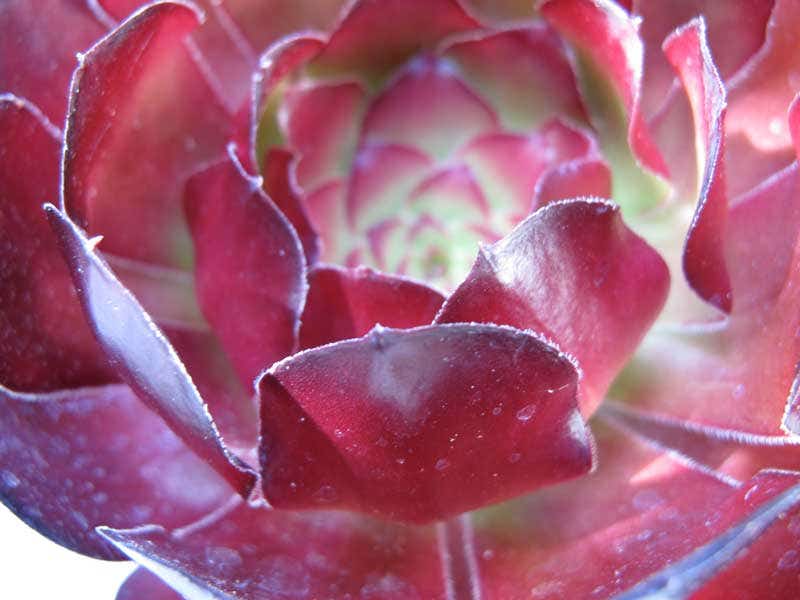
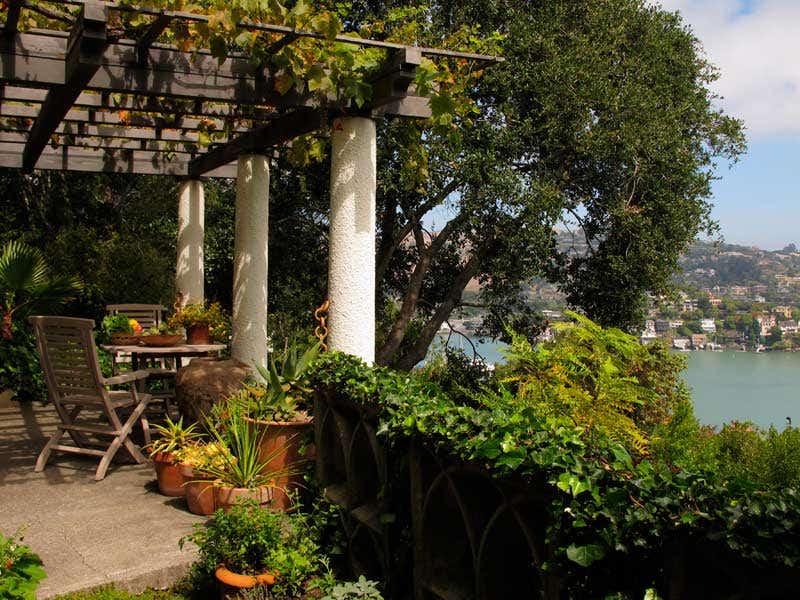
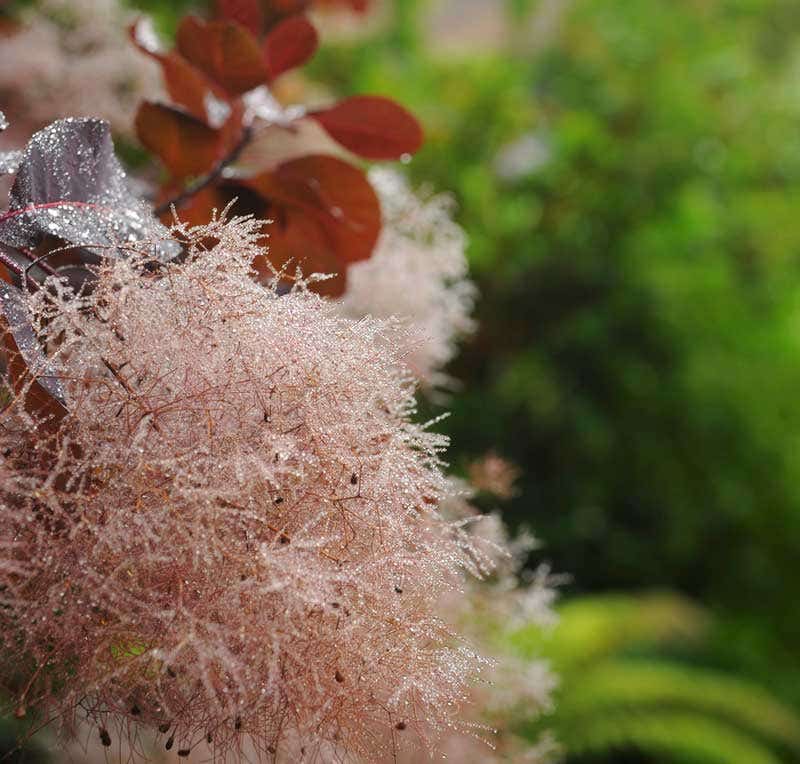
Work lay ahead for Paul and Richard. The house had no insulation and poor drainage; after decades of minimal maintenance, it was riddled with termites, mildew, and dry rot. The garden was wild and overgrown, its water views almost completely obscured. Undisciplined myrtle box hedges marched in uneven rows down the beds, and sadly unattended fruit trees clung to life on the hillside. Treacherous gravel paths washed out every year; rust and aphids covered the pink and red roses; the grape arbor was in danger of collapse.
Paul’s goal was to make the garden an extension of the house. He began by adding a spa on the upper garden level, adjacent to the house. Built of recycled granite from the Three Rivers Gorge in China, it quickly became a favorite spot to watch the sunrise over San Francisco Bay. As the arbor was repaired, serpentine steps were added so that the garden might be walked from top to bottom in a meditative circuit.
Existing plantings were pruned and reorganized to provide privacy yet allow unobstructed views. Paul kept intact as much of the old garden’s structure as possible, including original concrete retaining walls with integrated planters; their cracks contribute to the sense of an ancient Mediterranean garden.
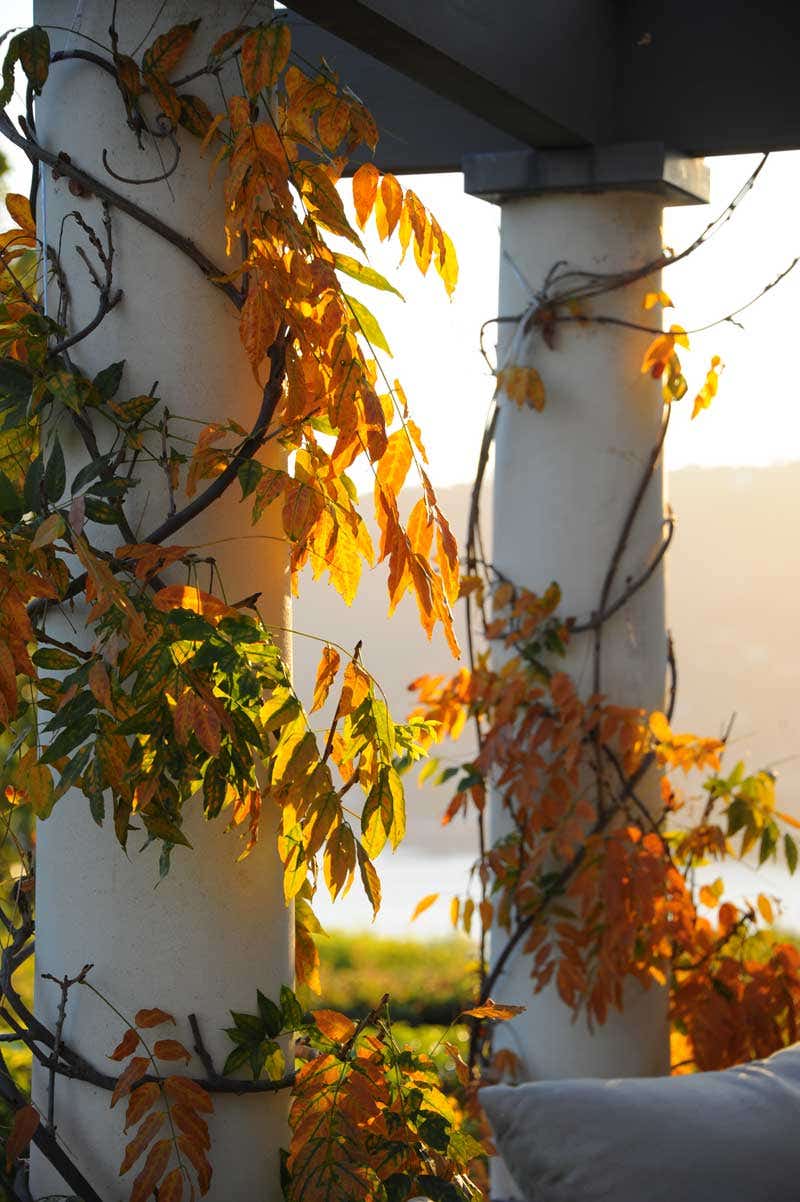
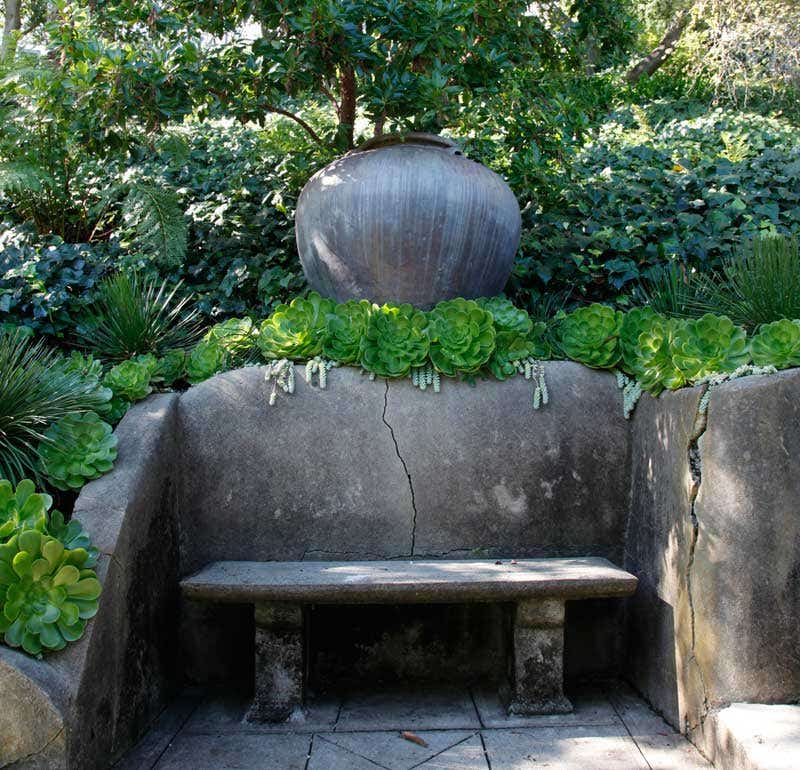
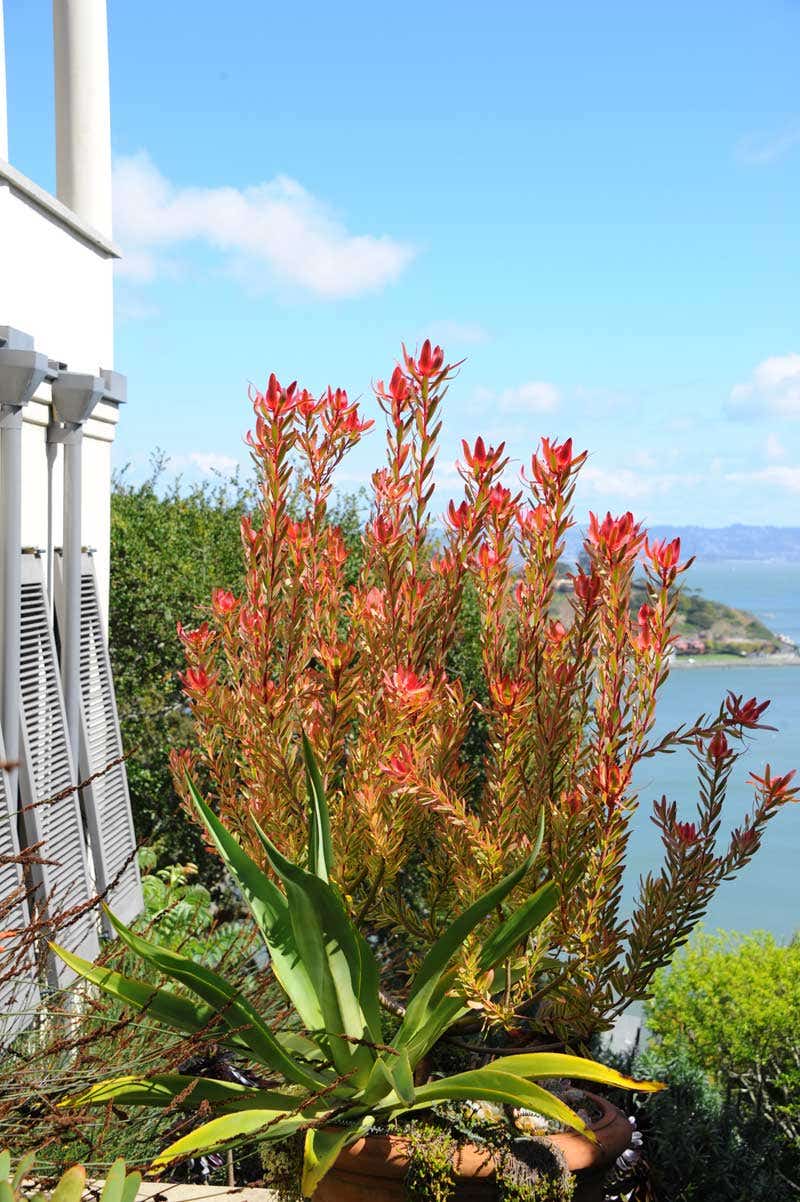
Marin County limits water usage, so Paul shifted the emphasis to succulents and other drought-tolerant plants; he installed a computer-controlled drip-irrigation system. The red and pink roses were replaced with sturdy yellow climbers that bloom year-round with much less water. (Belvedere Island never freezes.) Edible plants were added, including wild strawberries, kumquats, lemons, and herbs that Paul uses daily in his cooking.
Succulents Success for Open-Air Retreats
From the blue-green or alabaster-white rosettes of Sedum suaveolens to the striking, other-worldly burgundy-black rosettes of Aeonium arboreum ‘Zwartkop’ that beckon on foot-tall stems, succulents provide color and visual interest all year. Here are Paul Wiseman’s three basic rules for success:
1. Good drainage is number one! Succulents like raised beds and rock gardens. Try mixing a little sand or pea gravel in the soil. Avoid too much organic material, which retains moisture.
2. Succulents need water, like any plant, but don’t overdo it. Feel the soil. Don’t water until its dry to at least three or four inches below the surface.
3. Low-maintenance succulents do need to be fertilized, especially during their growing and flowering periods. Use a balanced fertilizer (20-20-20).
Brian D. Coleman, M.D., is the West Coast editor for Arts & Crafts Homes and Old House Journal magazines, our foremost scout and stylist, and has authored over 20 books on home design.



